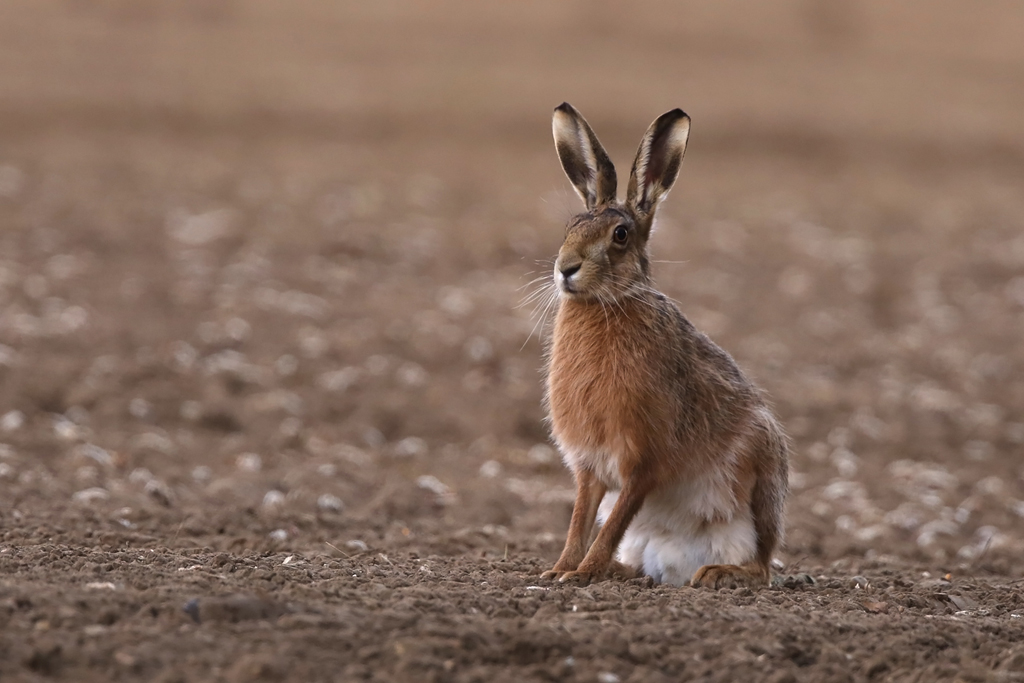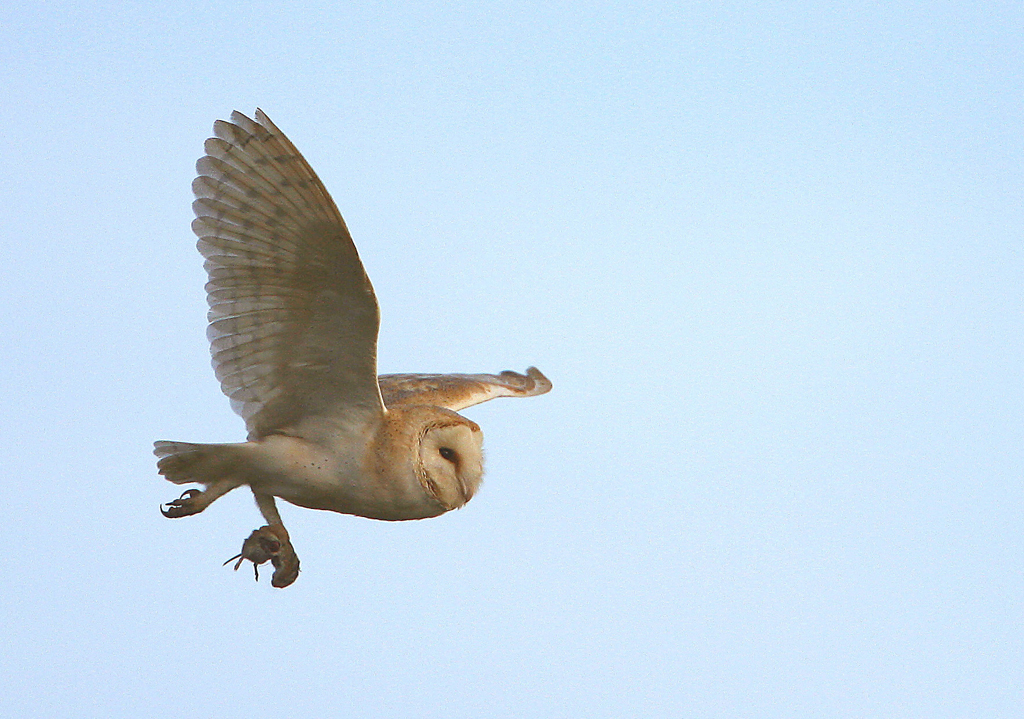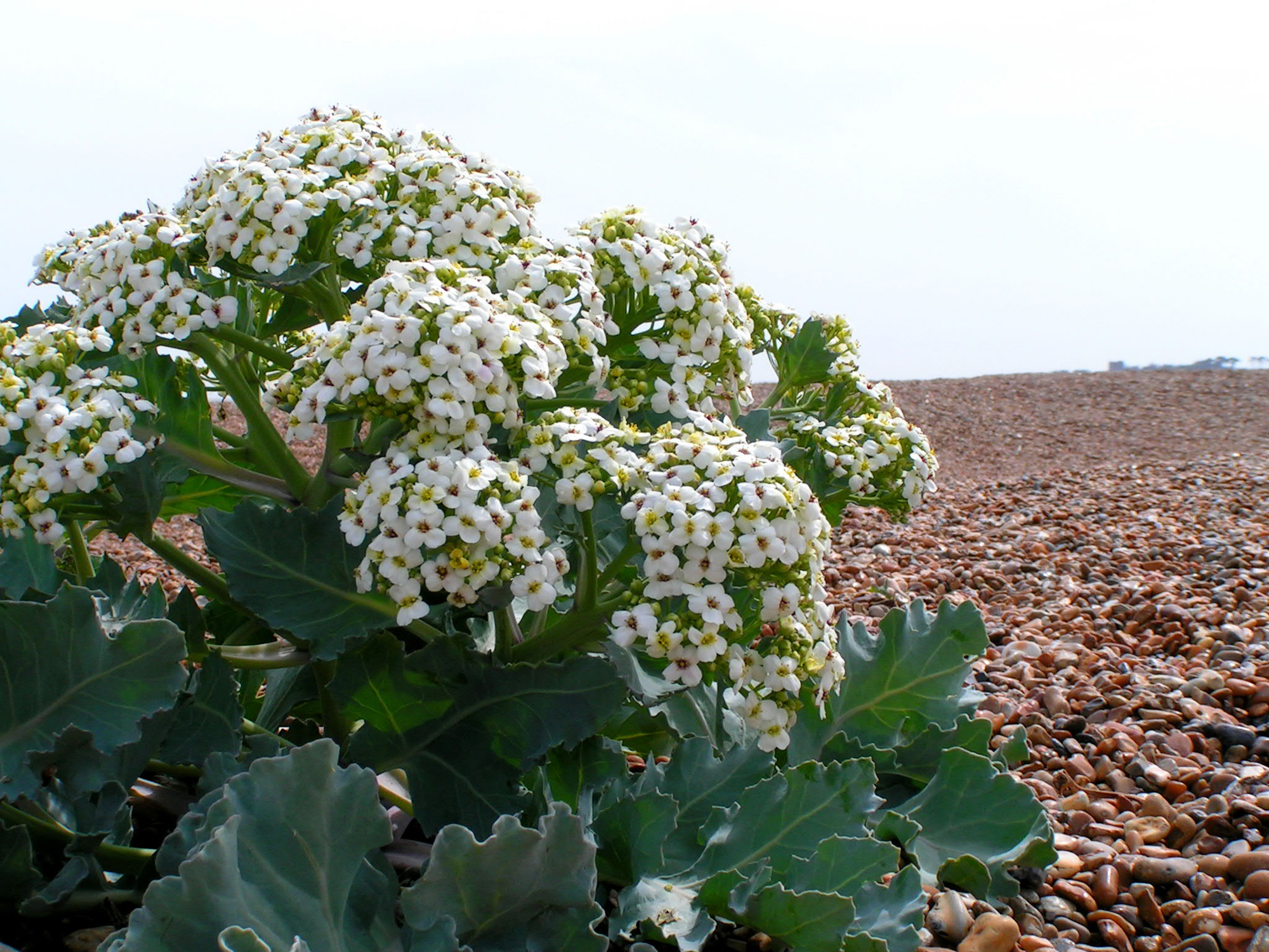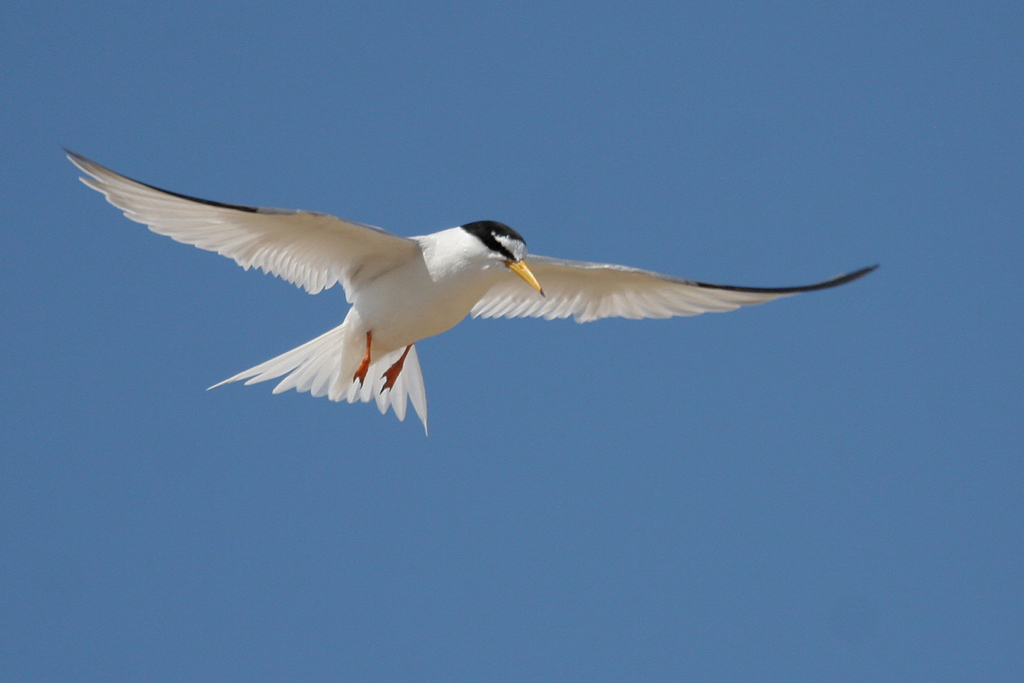Daniel Defoe is best known nowadays for his desert island novel Robinson Crusoe, but he also wrote an important work on social history, A Tour through the Whole Island of Great Britain (1724). On his travels through Suffolk he records that he witnessed ‘infinite numbers’ of swallows gathering for autumn migration on the coast. We still see swallows and house martins (did Defoe know the difference?) gathering on the telephone wires here in September, often chattering communally as if to psych themselves up before take-off on their huge journeys south. It’s always a moving spectacle but it’s also an elegiac reminder that summer is drawing to a close for us too. Defoe’s birds weren’t on telephone wires back then of course, but were, appropriately, ‘congregating’ on Southwold church. They sometimes also use other buildings, as illustrated in this photo showing a host of house martins clinging to the Shingle Street Martello tower. The big difference, though, is that sadly we no longer see them in this abundance. Forget about Defoe’s ‘infinite numbers’ in 1724 – since this photo was taken in September 2004 the number of breeding house martins in Britain has declined by nearly 40%. Swallow numbers are down too, as are swifts, which have declined by a whopping 60% in the same period. Swifts are often confused with swallows but belong to a different family altogether – one called Apodes, literally ‘without feet’, because they only have stubby toes that couldn’t grasp a telephone wire anyway. All these delightful aerial acrobats are suffering from the same problem: a corresponding sharp decline in the winged insects on which they feed.
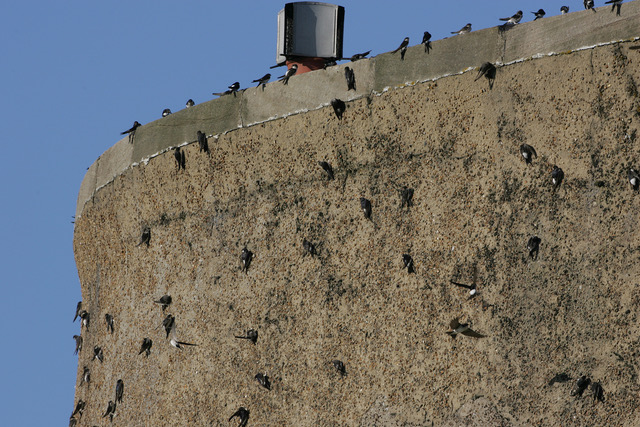
We’ve all noticed that ourselves. Think of the ‘splatter test’ – the number of insects smeared on your windscreen and headlights today, compared to the ‘moth snowstorm’ we used to drive through at night a generation ago. And how we miss what Tennyson happily described as the ‘murmuring of innumerable bees’. But there’s also a new factor now – climate change – and that may cause other dramatic changes. As the world’s climate heats up, the swallows’ journeys back to Southern Africa over barriers like the fast-expanding Sahara Desert become ever more arduous. Suppose the costs of long-distance migration no longer prove worth the physical risks and effort they have to endure. Perhaps the swallows might never come at all one year. Or suppose they were to come and stay over, taking advantage of our milder winters now. If we had swallows at Christmas, what would that do to our emotional responses – to swallows, spring and autumn? Are we at risk of losing the seasons as well as the insects and the birds?
Jeremy Mynott
6th August 2023




